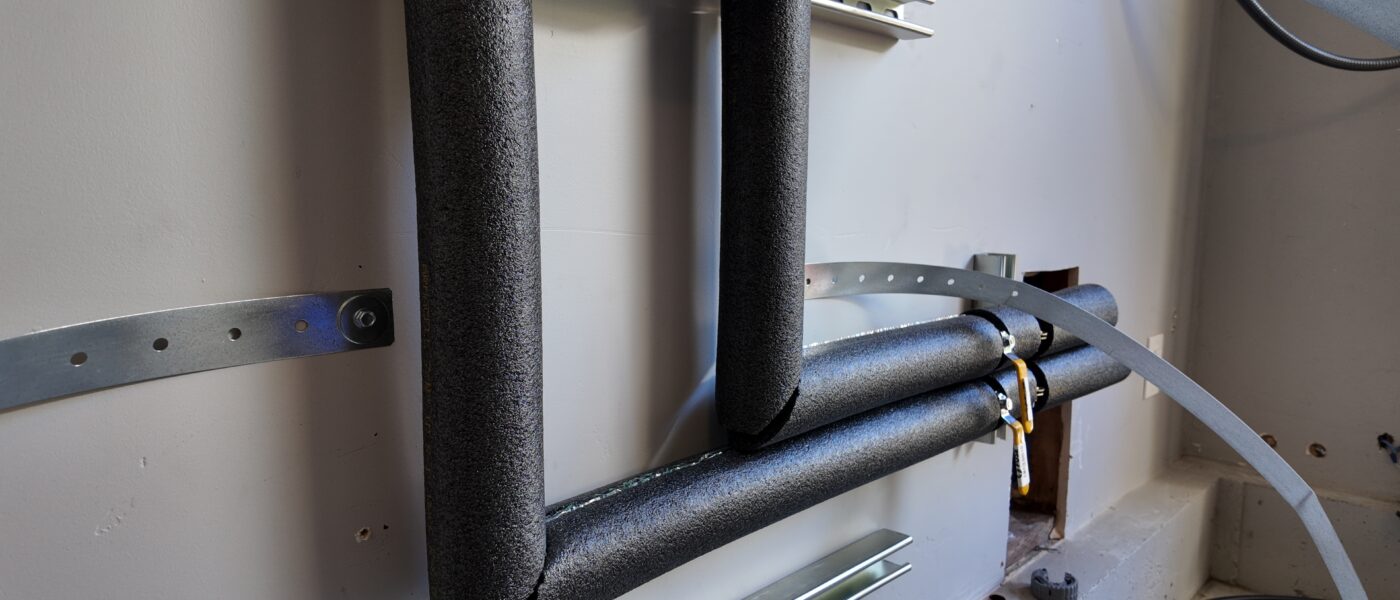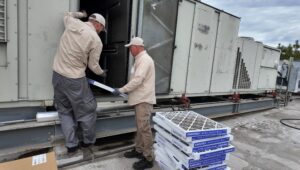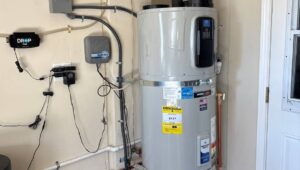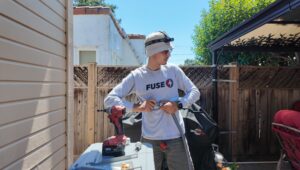What is included in your winter preparation list? Probably, buying a new fancy sweater, pair of cozy socks and making sure your furnace works well. But it’s crucial to remember about your pipes too, since they are especially vulnerable during this period. We are here to share some tips on how to avoid expensive repairs during the cold season. However, you can call a professional who knows how to winterize а house plumbing by reaching us at (669) 666-9219 or support@fuseservice.com and schedule a visit.
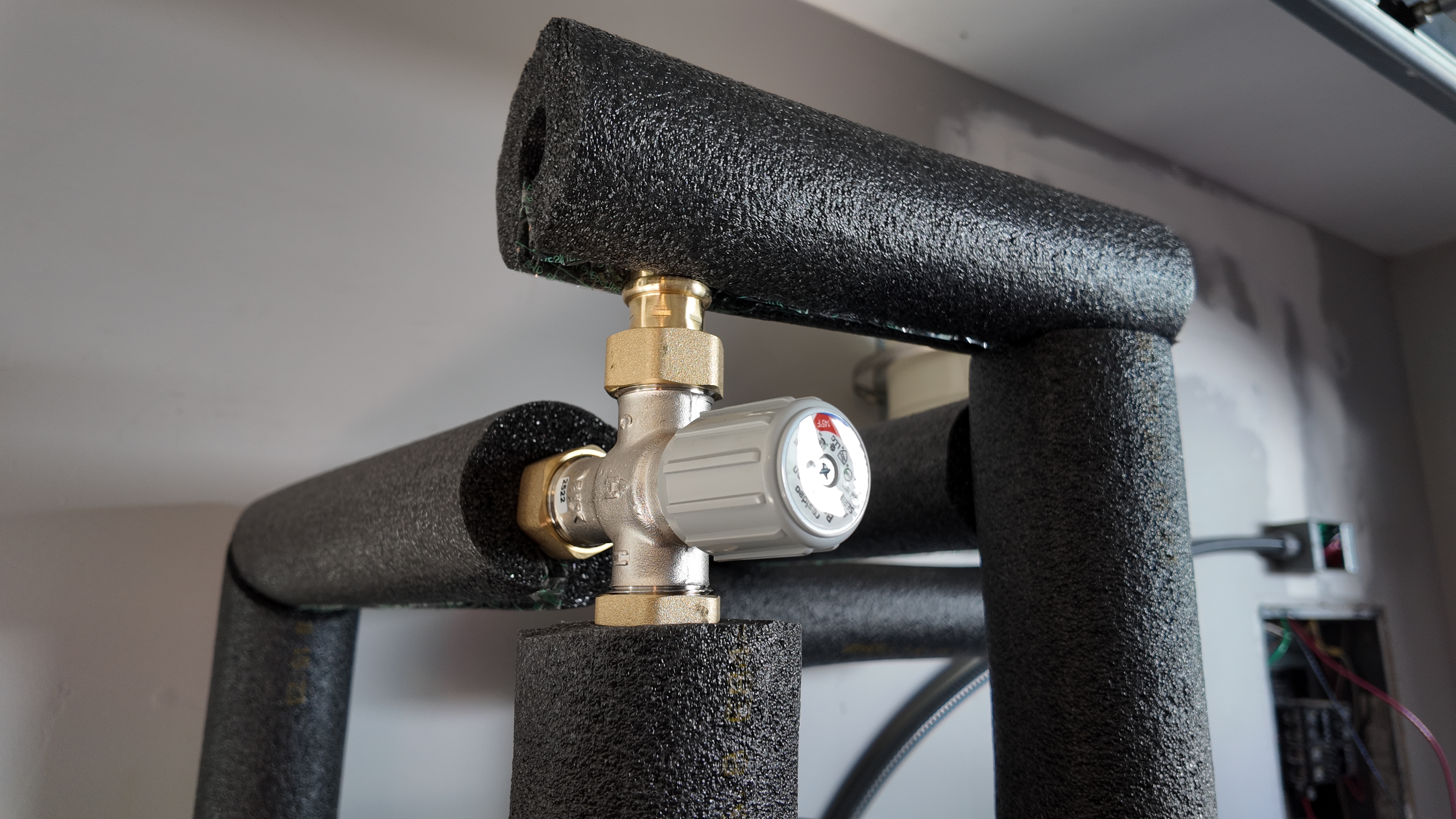
Understanding the Risks Before You Winterize Pipes
It never hurt to be careful. Therefore, winterizing water pipes is one more way to spend winter carefree of any plumbing disasters. It’s no wonder that winter is famous for low temperature and sometimes it hits even lower than 32°F. At this exact point water in the pipes freezes and expands, which leads to the burst pipes and flooding. With a little effort you can avoid:
- Frozen pipes in the attic and basement
- Broken outdoor sprinkler systems
- Burst pipes in vacant homes
Act before winter starts and prevent freezing pipes from giving you hard times.
Step-by-Step Guide–How to Winterize Plumbing in Your Home
If you’re here to find out how to winterize home plumbing, here is our guide.
1. Shut Off Outdoor Water Sources
If there is no water it can’t get frozen, right? So drain all water from outdoor pipes to prevent freezing.
2. Drain and Insulate Water Pipes
Make sure to drain standing water from pipes where possible. Also, locate pipes in exposed sections like basements and garages and put pipe insulation on them.
3. Maintain Indoor Heat
Even if you plan to leave your home in winter, keep the temperature inside at least 55°F, so the warm air can heat a house plumbing system.
4. Open Cabinets and Faucets
Open cabinet doors under sinks to allow heat circulation. That might sound surprising, but letting faucets to drip slightly helps to relieve pressure in pipes and avoid trouble.
5. Add Extra Insulation in Vulnerable Areas
Finally, you can use some covering materials as added protection. Plumbers usually prefer foam, fiberglass, or heat tape in that case. As you see, some small steps can winterize plumbing system components efficiently.
Special Tips to Winterize a House Plumbing System for Vacant Homes
We understand you’re willing to escape winter, but your home can’t. So there are some advice on plumbing winterization for vacant homes:
- Shut off the whole water supply.
- Drain pipes and fixtures.
- Add antifreeze designed for plumbing to drains and toilets.
- Hire a professional service like Fuse Service to ensure proper preparation.
These easy winterize pipes tips will keep a disaster away from your home.
Seasonal Checklist – Preparing to Winterize Home Plumbing
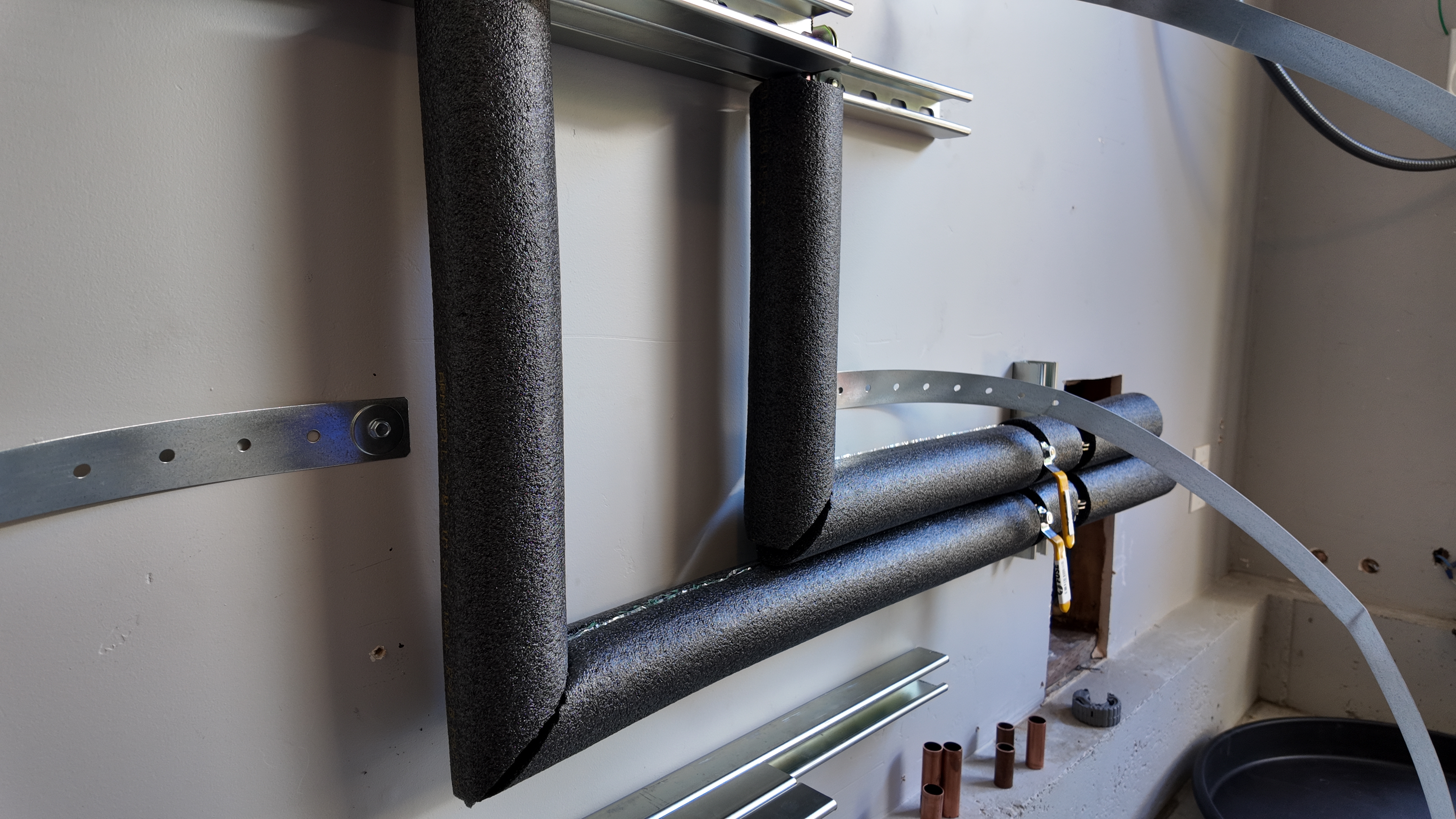
Use this checklist as a quick reference before the first freeze:
- Shut off outdoor spigots
- Drain sprinkler system
- Insulate exposed pipes
- Keep thermostat at safe levels
- Open cabinets near plumbing
- Check attic, basement, and garage insulation
What to Do If Pipes Freeze Despite Winterization
Sometimes even the strongest protection fails. If it happened that winterizing pipes didn’t help we have a way to deal with a frozen plumbing system:
- Turn off the main water supply. This prevents further damage.
- Find a hair dryer or space heater. With any of these tools you’ll gently warm the pipe.
- Be careful! Don’t use open flames, since it can cause fires.
- Call a licensed plumber if the pipe has burst or you can’t locate the freeze.
Cost & Time
- DIY Winterization. Usually, DIY enthusiasts spend about $50–$200 for materials like insulation and heat tape.
- Professional Service. Approximately, a professional plumber will take $150–$500 depending on house size and complexity. However, you may be sure there are no mistakes done.
- Time Required. Both DIY and professional winterizing takes from 2 to 6 hours for an average home.
Investing in prevention is far cheaper than repairing water damage from burst pipes.
Common Mistakes and Myths About Winterizing Plumbing
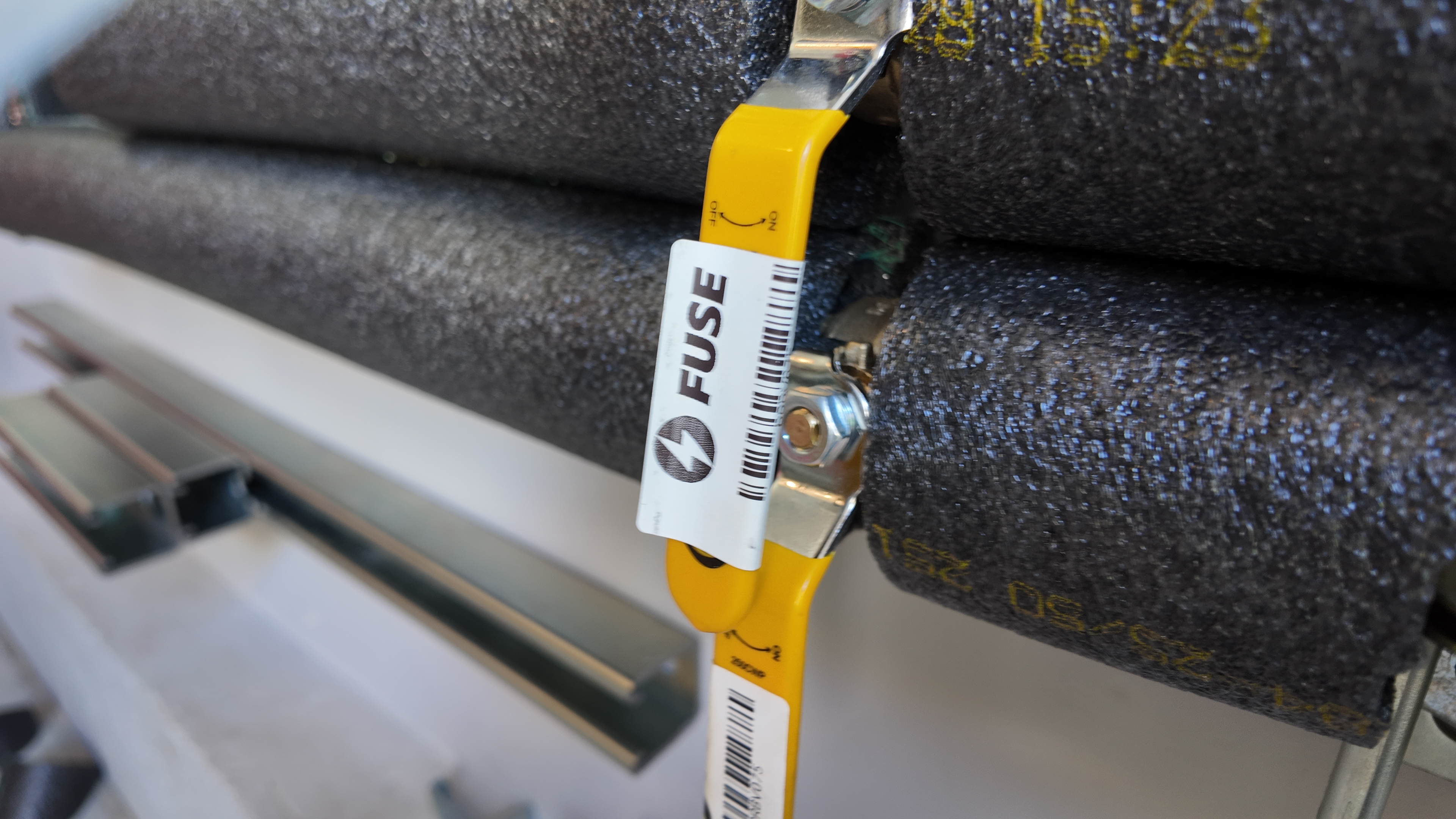
- Myth 1. Turn off heating to save money. In fact, it just increases the chances of frozen pipe, hence leading to massive pipe repair services costs.
- Myth 2. You need protection only for outside pipes. However, in reality, pipes in cold inside areas can freeze too.
- Mistake. Leaks and cracked spigots are usually a result of undrained outdoor water hoses.
Conclusion
Your winter will have only a festival vibe if you are wisely prepared. Therefore, protecting your plumbing system is a way to both avoid costly plumbing repairs and enjoy the season’s best days. So it’s up to you: winterize pipes on your own with our plumbing tips for winter or rely on professional help, which we highly recommend.
Read Frederic C.‘s review of Fuse HVAC, Refrigeration, Electrical & Plumbing on YelpBe Ready with Proper Plumbing Winterization
Save money for winter presents, instead of spending them on emergency repairs. Our plumbing team knows how to winterize a house plumbing reliably. Call us today to schedule plumbing winterization services with Fuse Service.
FAQs
Can I DIY winterize house plumbing or should I hire a plumber?
Hiring a San Jose plumber is always a better solution, since a professional will install a reliable protection. But of course, you can rely on yourself and winterize house plumbing on your own.
How much does it cost to winterize plumbing?
The price for each plumbing project varies depending on different factors, so for your project call for an estimate. However, the average bill of a professional plumber is from $150 to $500. Thus, DIY methods are significantly cheaper, but don’t provide any warranty.
What materials are best for winterizing water pipes?
There is no one who would answer this question better than our professional plumber:
While winterizing water pipes, plumbers usually use insulation sleeves or fiberglass wrap. Also electric heat tape can be installed as protection.
– dmitry, Plumbig Team Lead
What temperature should I keep in my home to prevent frozen pipes?
It’s at least 55°F, even when you’re away. This temperature will help you avoid frozen pipes and other unpleasant consequences of cold weather.
What to do if a pipe has already frozen?
If you spot any cracks on the pipe, call the plumber immediately. Although, if your pipes are fine, shut off the main supply and gently warm the pipe with a hair dryer.
